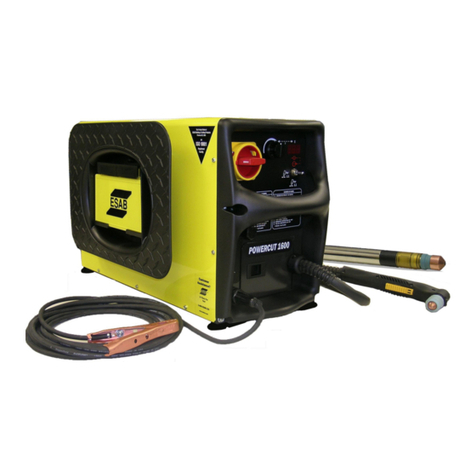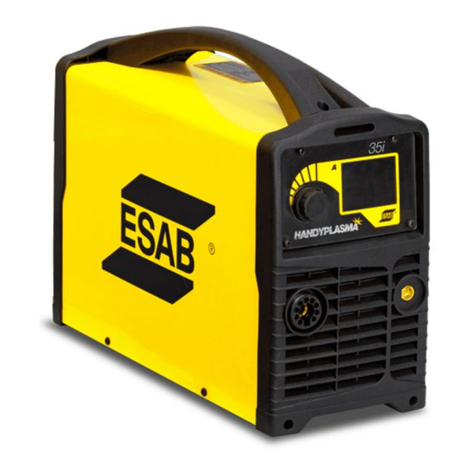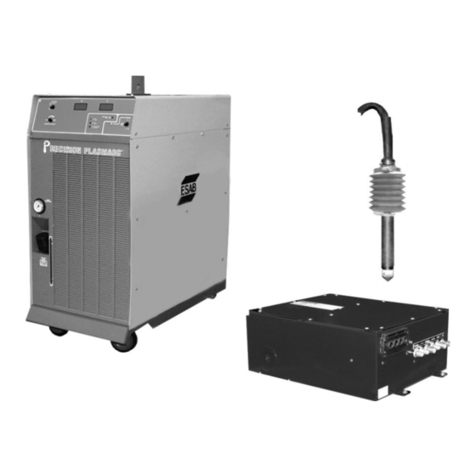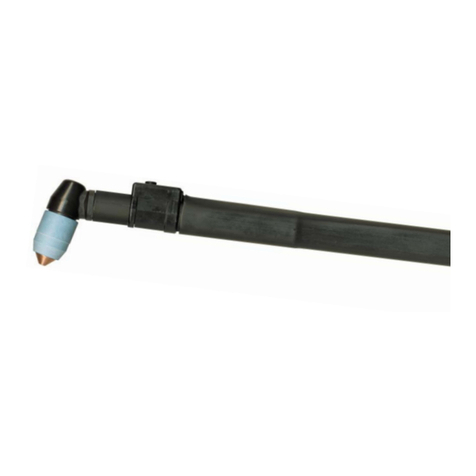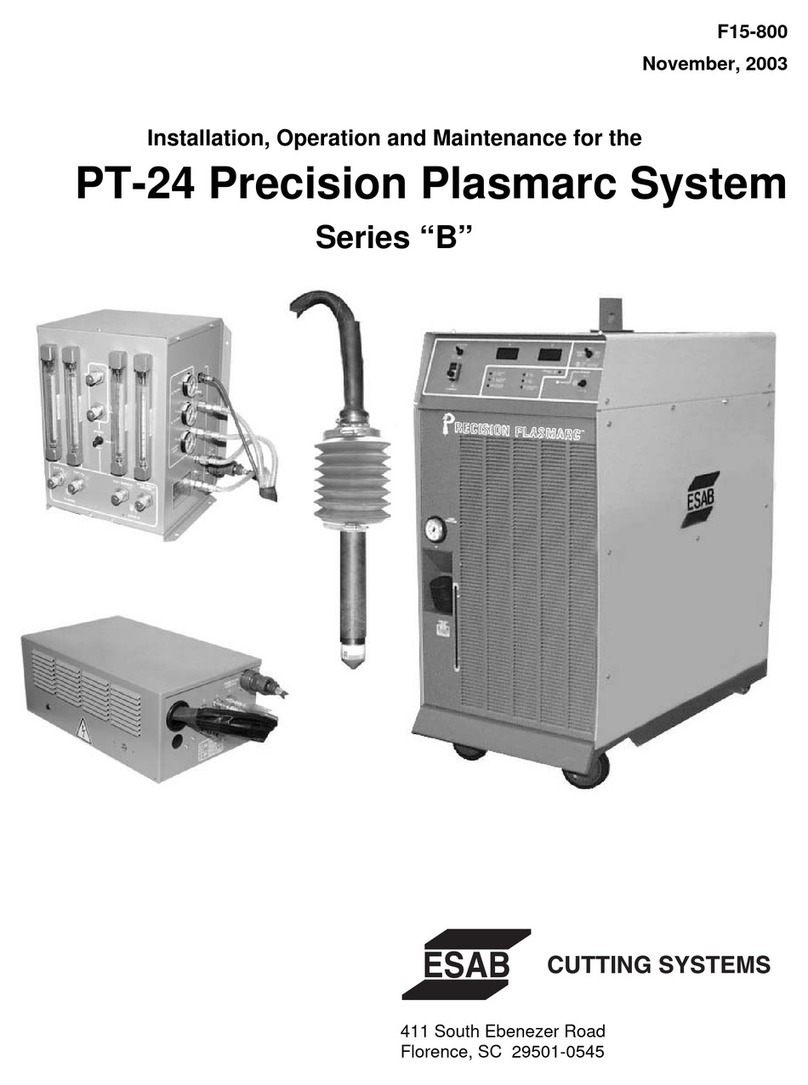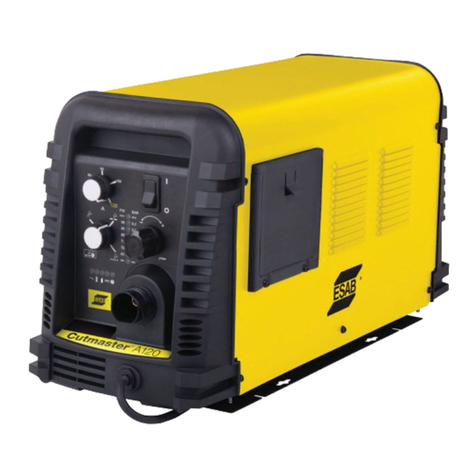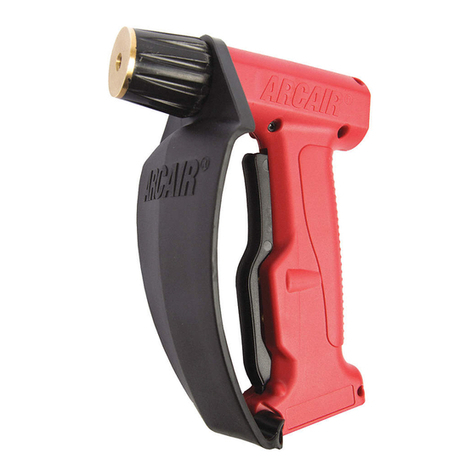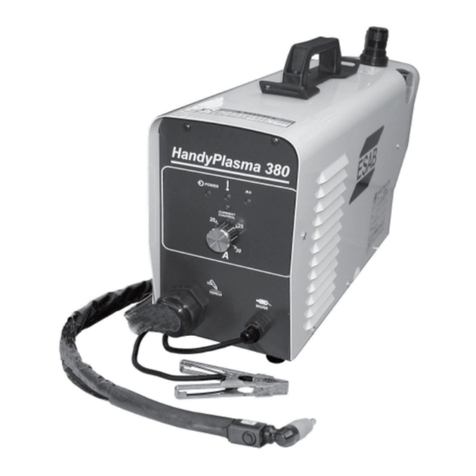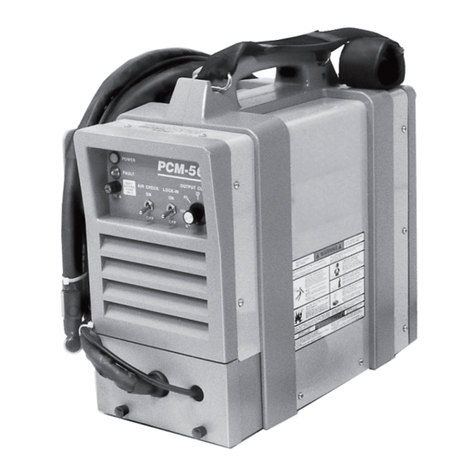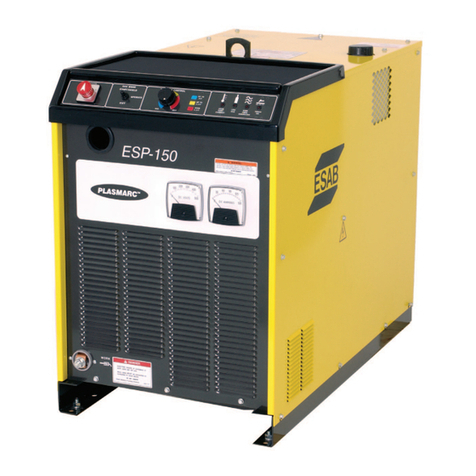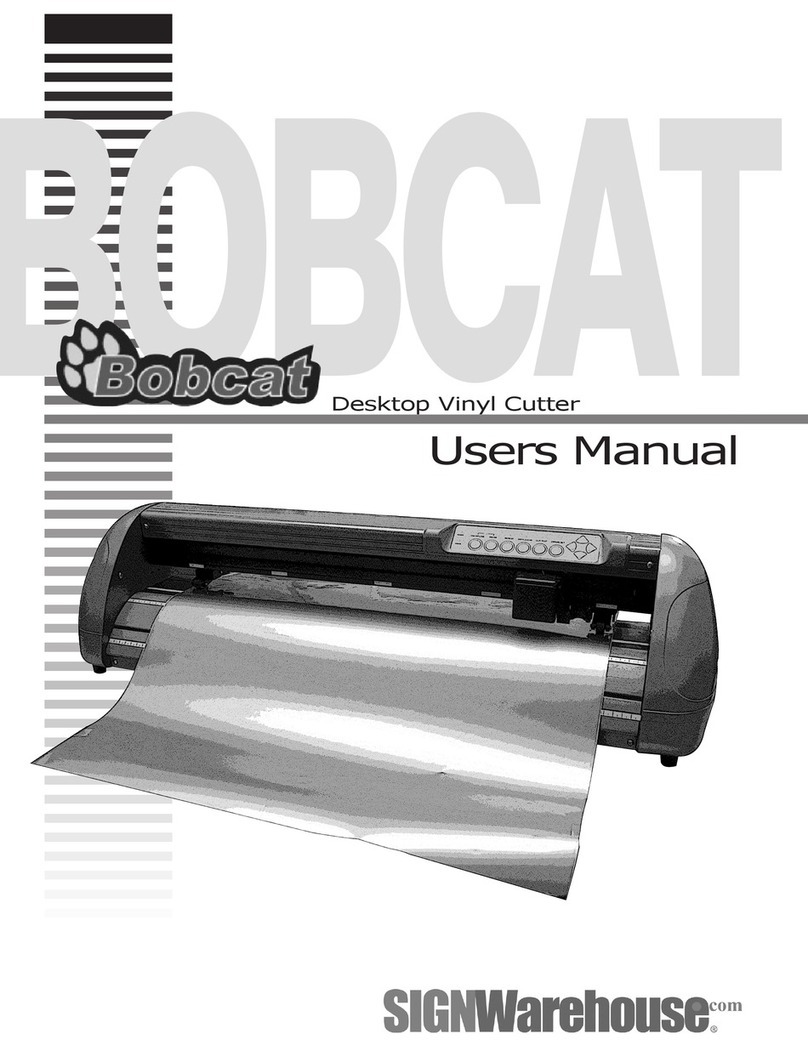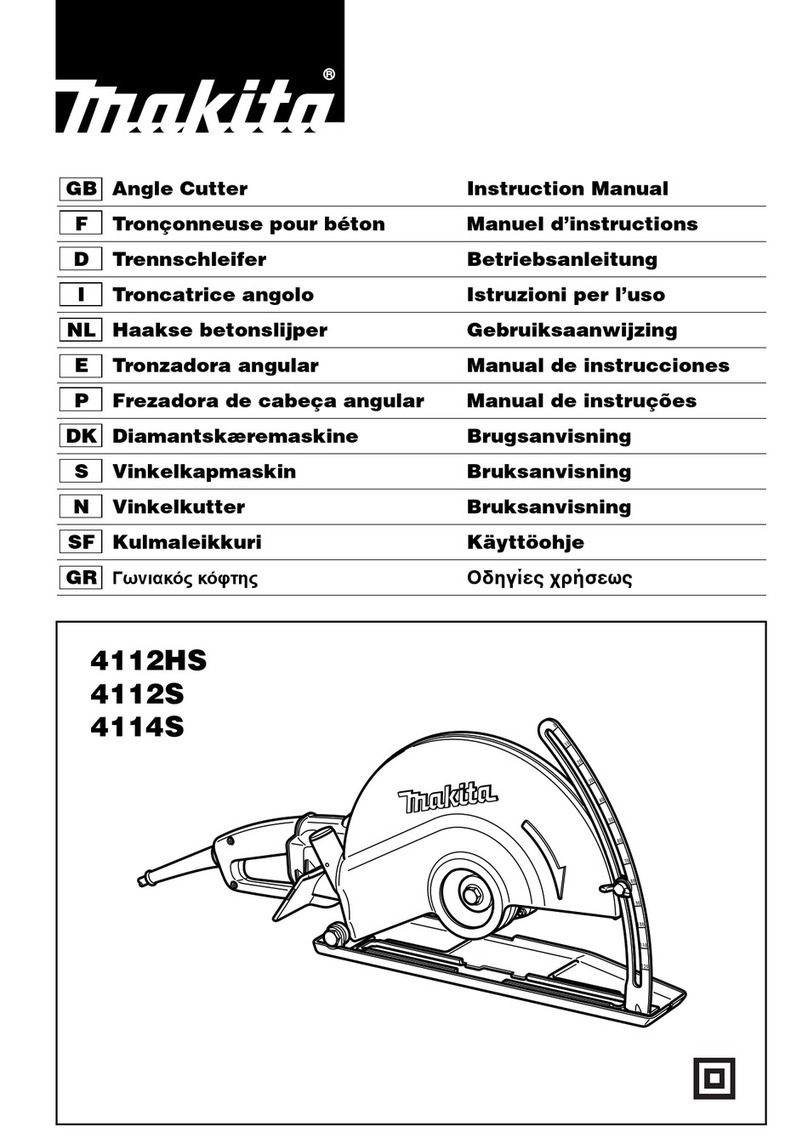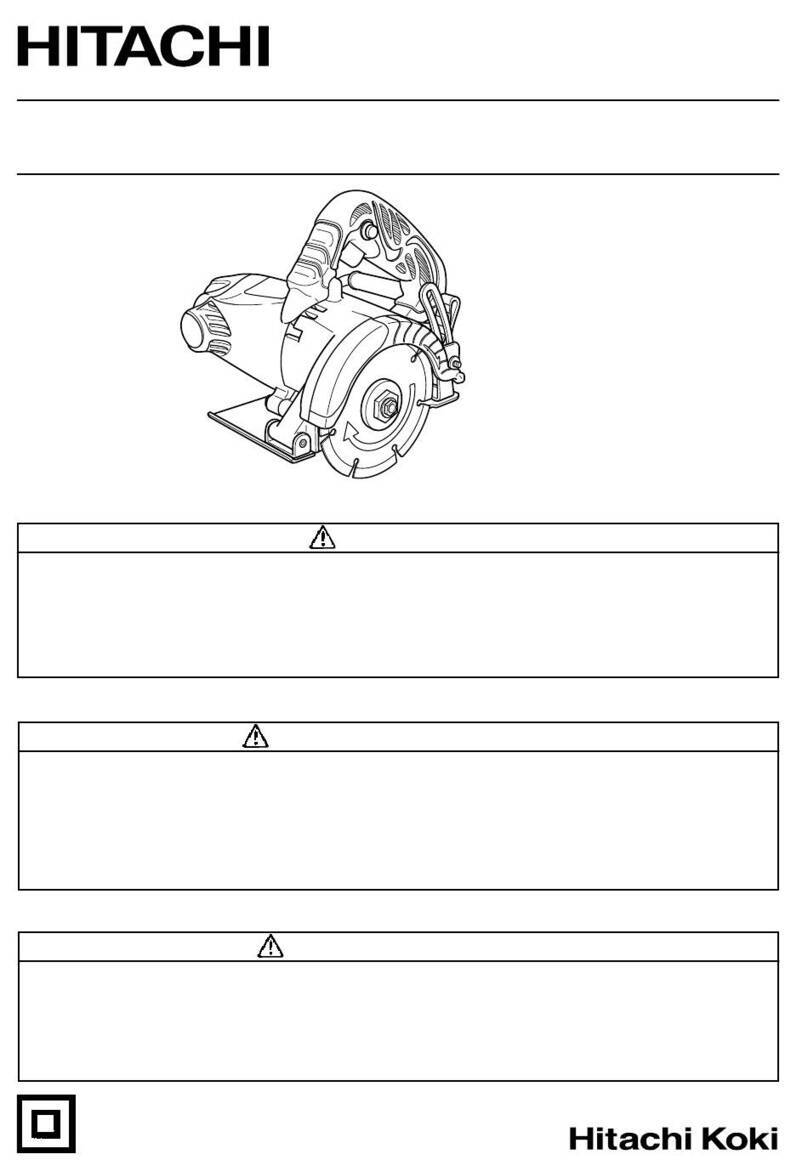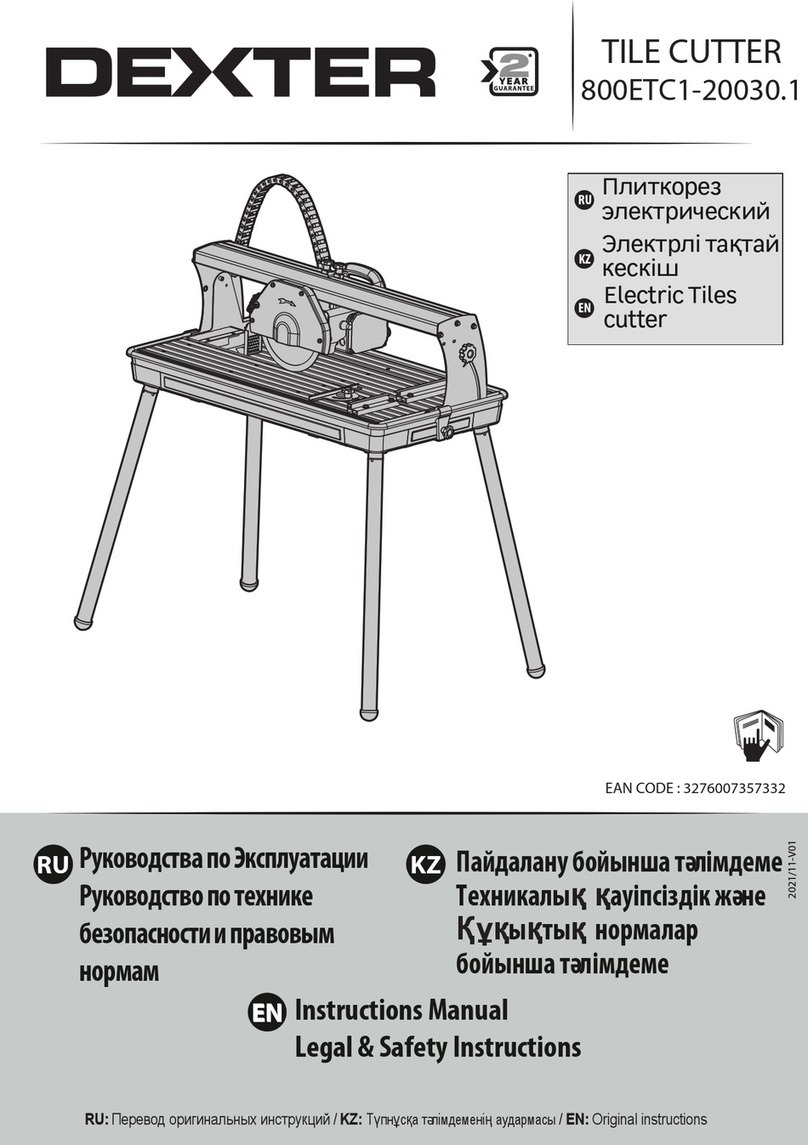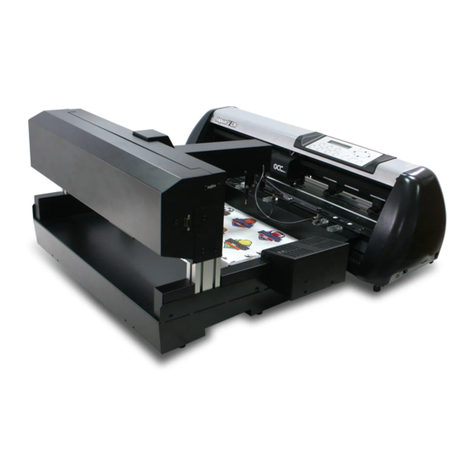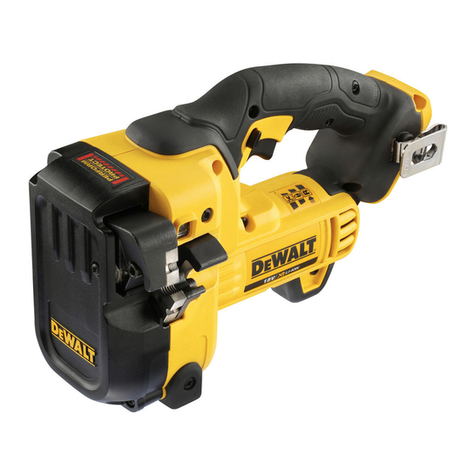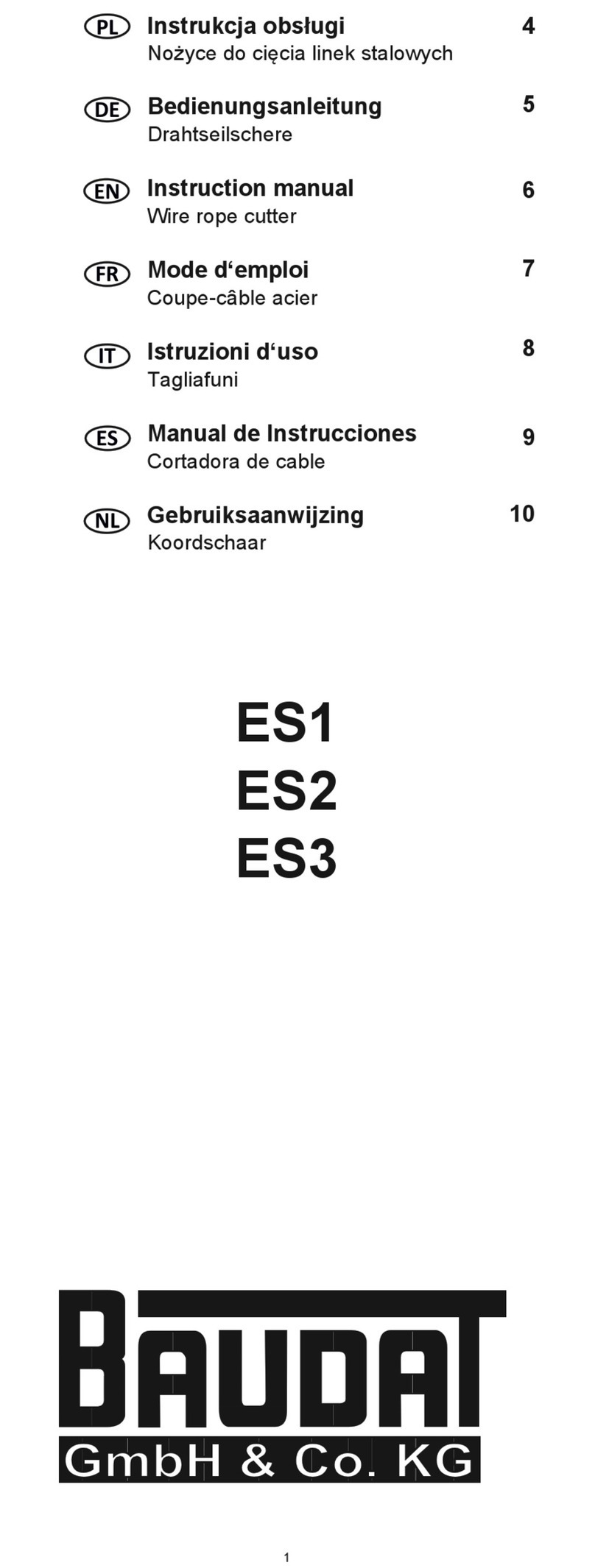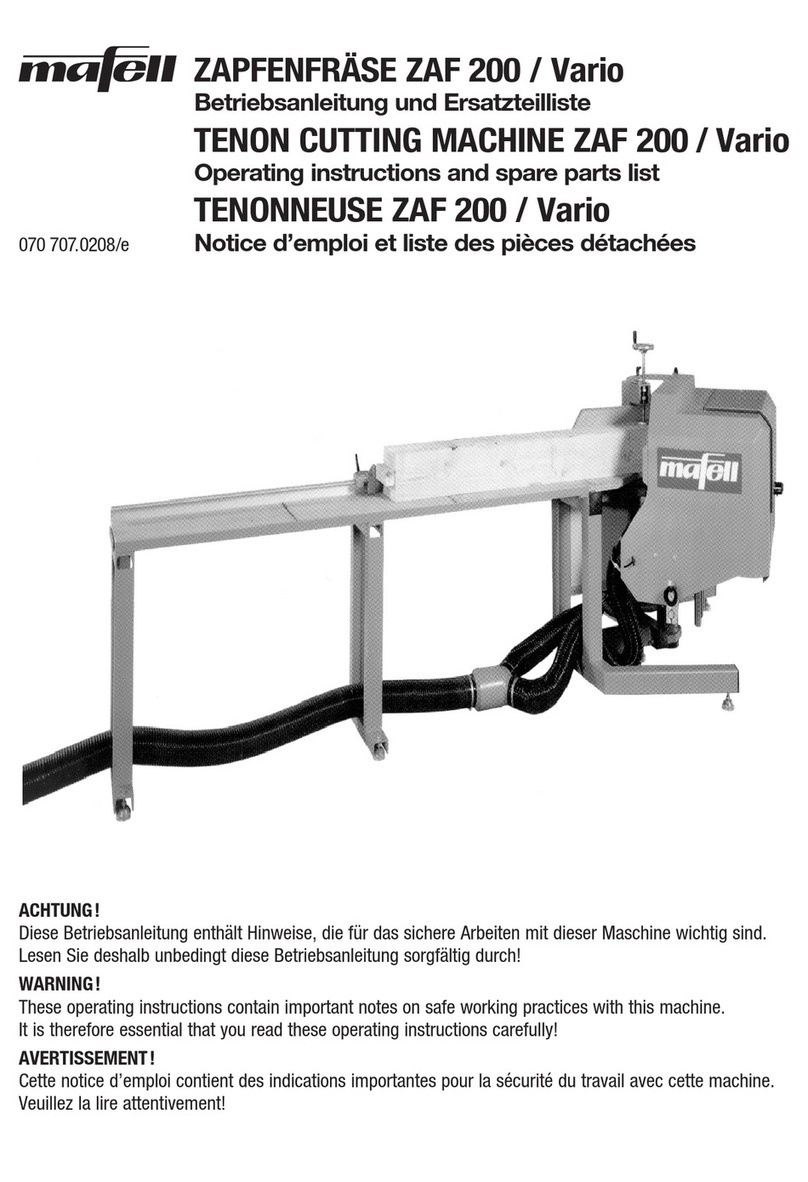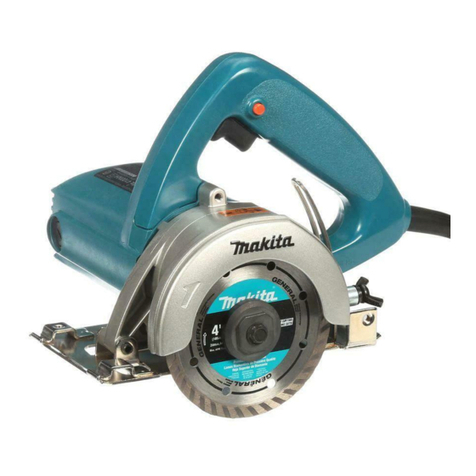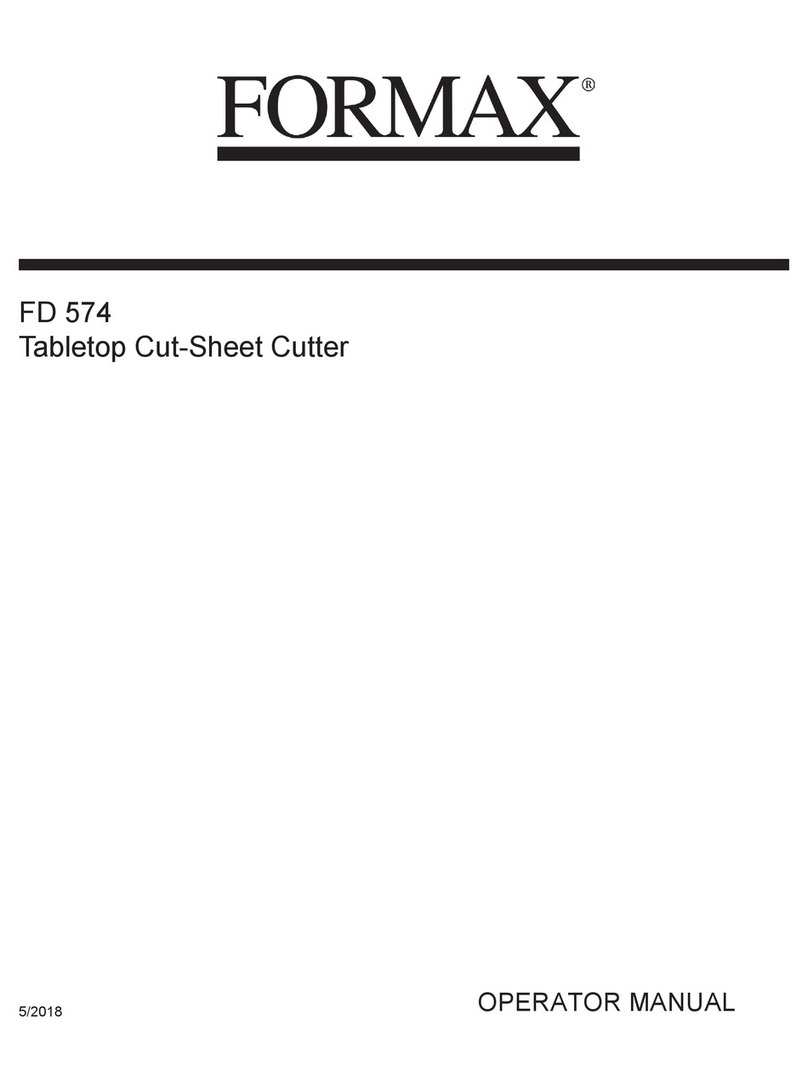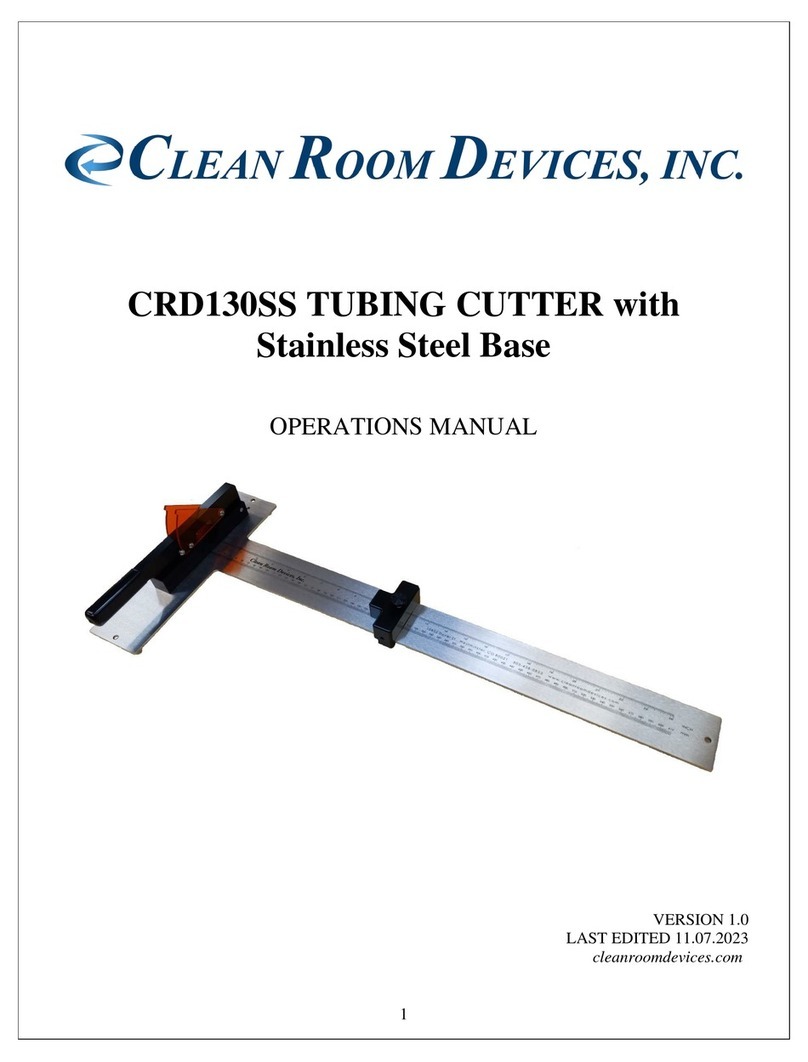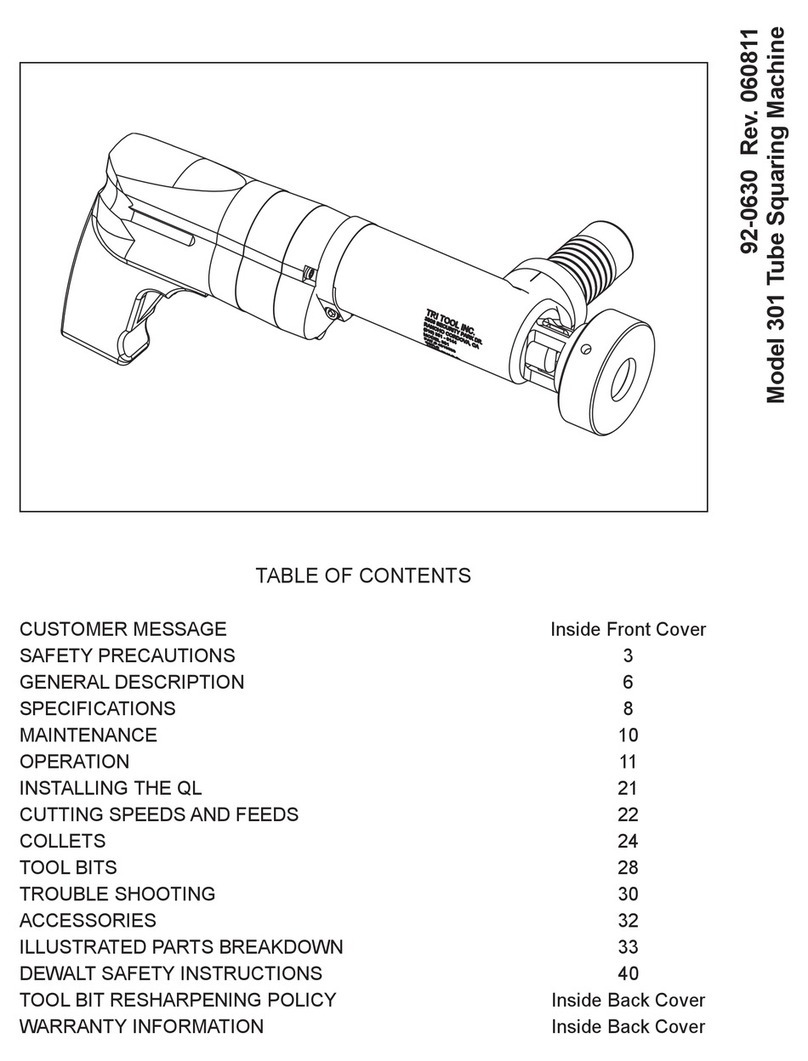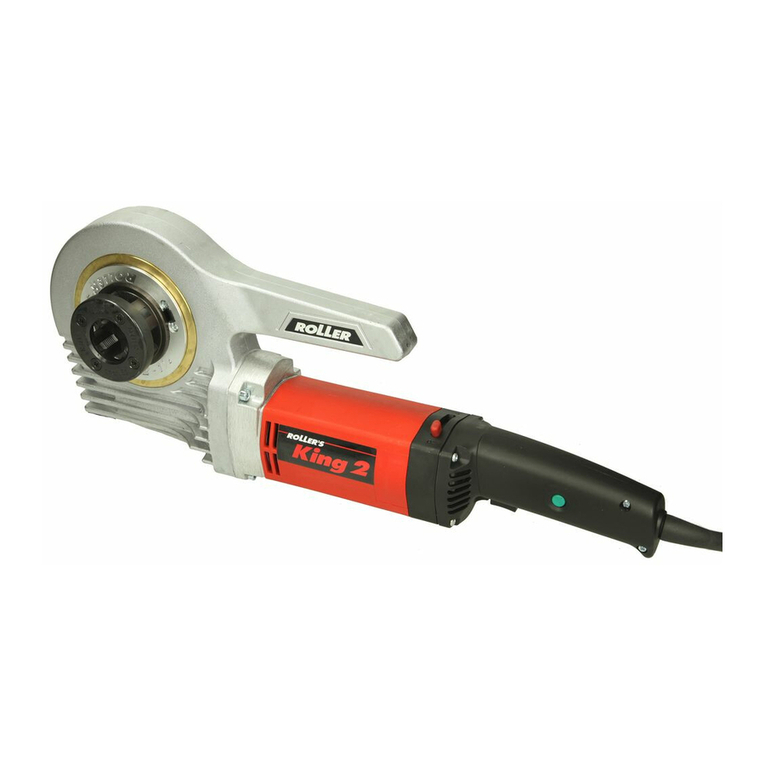
8
1.05 LPG Cylinders
LPG cylinders are provided with relief valves or fusible plugs to discharge their contents and keep the cylinder pressure
within safe limits should the cylinder be overheated by a fire. LPG cylinders should be used and stored upright in the
open, away from combustible material. Do not store LPG cylinders with oxygen cylinders. Do not store LPG cylinders
closer than 1.5 m horizontally from any opening into a building. If LPG cylinder valve leaks around the spindle, or if the
relieve valve or fusible plug is leaking, remove the cylinder to open air away from buildings and sources of ignition; tag
the cylinder to explain the trouble; notify the supplier as soon as possible. If LPG escapes from a leaking cylinder valve
gland or from a regulator spigot ignites, immediately close the cylinder valve. If LPG escaping from a fusible plug ignites,
direct a fine water spray at the cylinder and surrounding equipment. On no account should the flame be extinguished,
since escaping unburned gas in a confined space may re-ignite and cause an explosion. LPG is not toxic and is
odourless, but an odorant is added to give a distinctive smell. If the distinctive odour is detected an immediate check
should be made for leaks. Soapy water is recommended for this purpose. As soon as the leak is located, turn off the LPG
cylinder valve and tighten or repair the equipment. If LPG is leaking do not strike matches or operate any electrical
appliance in the vicinity. Remove all sources of ignition and open all doors and windows. Do not attempt to relight LPG
until all traces of LPG odour have disappeared. Remember, LPG is heavier than air and will remain in open containers,
cellars and confined spaces for a considerable time.
1.06 Regulators
Do not work with damaged equipment. Have leaking or damaged equipment repaired by an authorized repair agent. Give
your gas equipment the care you would give any other dependable tool. Do not use oil or grease on any regulator. Do not
handle equipment with an oil rag, oily gloves or hands. Keep your equipment clean. Never use regulators for purposes
other than that for which they were intended. Inspect connections and all seating surfaces on regulators before use.
Damaged connections can cause leaking or flashbacks. Never hang a blowpipe or tubing on a regulator or cylinder valve.
Crack cylinder valves before attaching regulators. Cracking means to open the valve a little, then immediately close, to
blow out dust or foreign matter. Cracking should always be done gently. Never crack a fuel gas valve near other welding
works, sparks or open flame. Never crack a Hydrogen cylinder as this can cause the gas to self-ignite. Never force
connections. Be sure all connections are tight. Never test for leaks with a flame. Never try to connect a regulator to a
cylinder containing gas other than that for which the regulator is meant. Never subject the regulator to inlet pressures
greater than its rated inlet pressure, as shown on regulator body and associated literature. If a regulator shows excessive
creep (pressure build-up when blowpipe valves are closed), close cylinder valve and have regulator repaired at once.
Quite apart from risks, creeping regulators lead to poor work. Pressure build-up in excess of 35 kPa is to be regarded as
excessive and call for immediate attention. Periodically, have pressure gauges on regulators tested for accuracy. Ensure
before using that regulators have both a cylinder pressure and a delivery pressure gauge in working order. Before
opening cylinder valves always fully release regulator adjusting knob (turn fully anticlockwise). A sudden pressure rise in
a regulator whose adjusting knob is screwed in puts a heavy strain on the mechanism and may cause damage. Never
release the regulator adjusting knob while there is pressure in the tubing. If the pressure gauge indicator fails to return to
the stop when pressure is released, have the gauge checked.
Always take care to keep the regulators free of oil and grease. Oil and grease should be removed chemically by a
qualified repair technician. Never use oil or grease on the regulator, cylinder or manifold connections. Do not
change the inlet connection on a regulator in an attempt to use the regulator for a different gas service.
GasguardTM safety device (where fitted to selected regulators)
GasguardTM is a non-return valve that completely seals off the gas should the regulator break from the cylinder. In order
for this to operate correctly it must be used in conjunction with the extended nut provided with the regulator. Failure to
do so could result in the Gasguard feature not operating in line with its intended design function.



